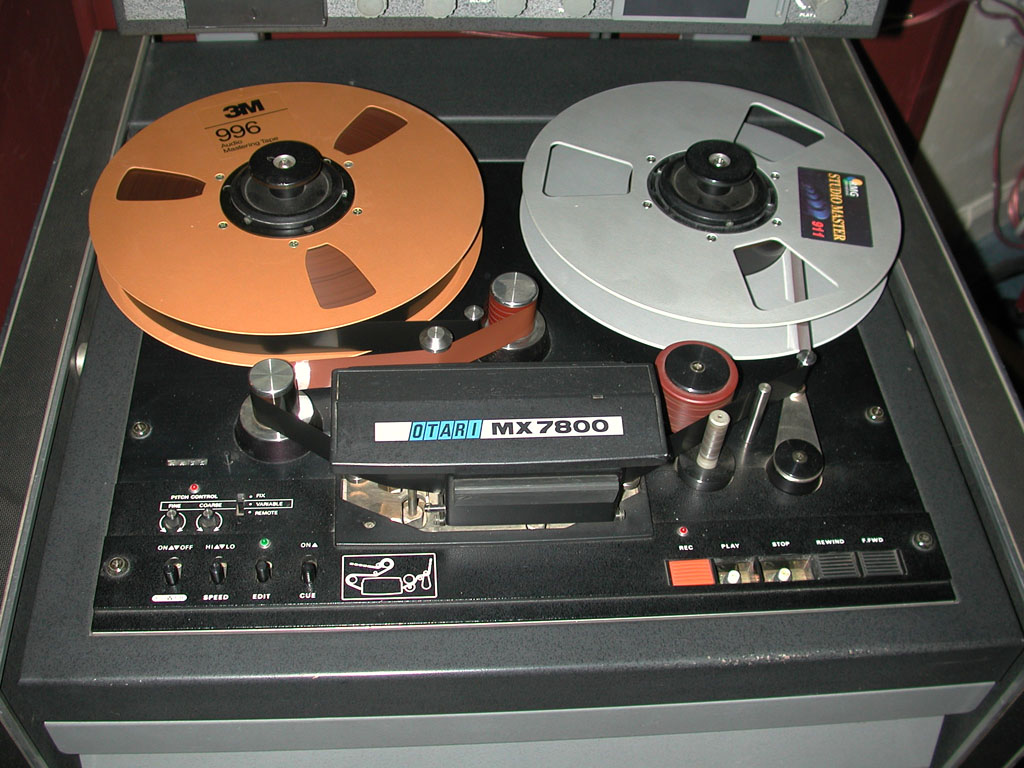Recently Mix magazine published an article, “Analog Rules”, describing the audio production methods used by several top producers and engineers. Key to these methods is the combination of analog and digital techniques. This is nothing new, but what was interesting was the renewed interest in tape as key component. Tape imparts a unique sound to tracks as a result of many factors including saturation (a kind of pleasing distortion, often termed musical distortion), subtle variations in the speed and imperfect contact with the heads, as well as the influence of discrete analog electronics (resistors, capacitors, transformers, etc.) on the signal path.
Now in 2010 digital audio has improved so much that in conjunction with good analog outboard gear (preamps, compressors, eq) it sounds very good indeed. However I recently acquired a 2-track SONY MCI JH-110 1/4″ tape deck from a Nashville engineer, Chris Mara, who runs Welcome to 1979.com, a primarily analog recording studio. Using this deck as a final link in the mastering chain has given me one more tool. I can take a previously recorded digital mix, bounce it to tape, and bring it back into the DAW, and compare it to the original mix. Often (although not always), I like the added nuances that tape provides. I describe the tape sound as a kind of “rounding and smoothing” of the audio, especially for transients. Sometimes this dulls the mix, in which case if I like the original digital version, I will keep that. But more often than not I prefer the tape version.
Tape as a production medium was nearly pronounced dead 20 years ago as digital tape and later digital audio workstations (a.k.a. “souped up computers with professional audio interfaces and sequencing software”) gained acceptance. Digital was welcomed for its improved editing, low noise, and relatively lower cost compared to tape. However digital audio has had from the start its detractors, including such notable musicians as Neil Young, and top flight engineers such as Bob Clearmountain, according to the Mix article.
I also track directly to tape and dump the tracks into the DAW. In that case I usually do not have to bounce in the final master stage. However with the cost and extra work of using tape, and the fact that many of my clients are amateur musicians or part-timers who are not always fully prepared, I tend not to use this technique for tracking as often as I might.
Combining tape and digital is the same approach that many engineers, including those mentioned in the Mix article, are using. Nice to know that this hybrid approach is working for so many others. I certainly like it, and will continue to employ it in my own music production.










Speak Your Mind